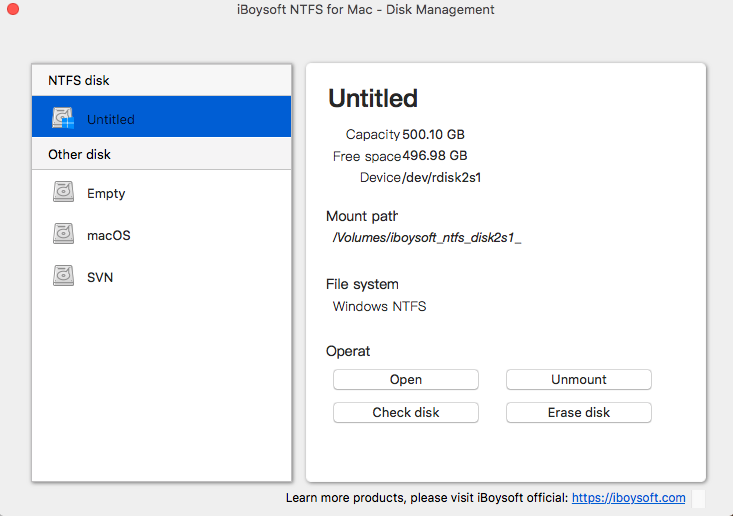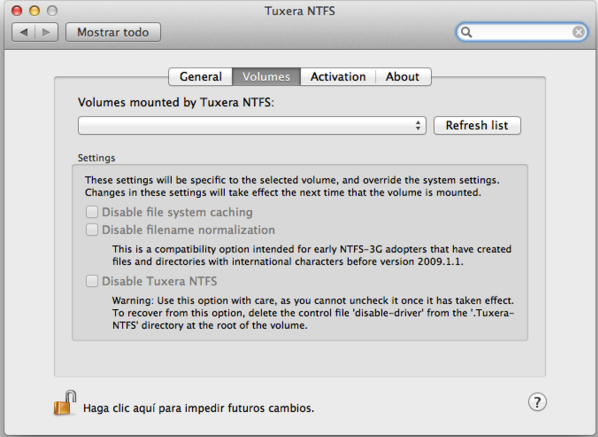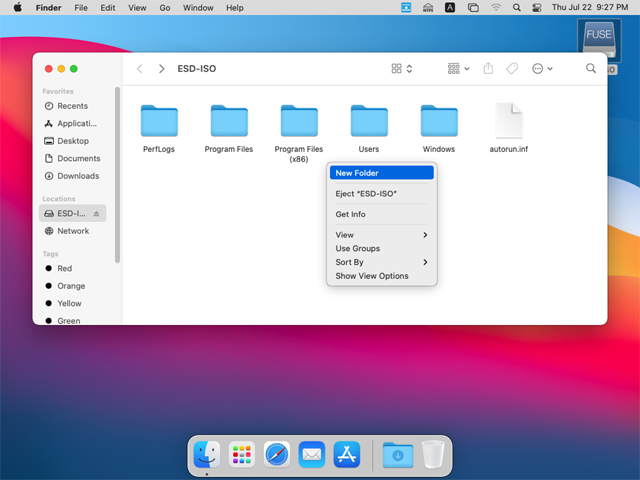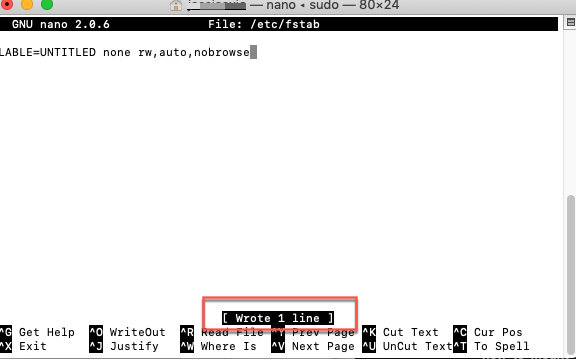

However, there is no guarantee that it will work. You need to get into your troubleshooting mode and feed command lines to get it done. To enable NTFS write on Mac, you need to mess with the Terminal. Feeding some magical command lines in the Terminal: Vii. Enable System Integration Protection and reboot your Mac to perform write operations to the NTFS external drive.ģ.

Sudo ln -s /usr/local/sbin/mount_ntfs /sbin/mount_ntfs Sudo mv /sbin/mount_ntfs /sbin/mount_ntfs.original Vi. After disabling System Integration Protection, link NTFS-3G to the system location by typing the following command: Now disable System Integration Protection to replace the NTFS driver with NTFS-3G and reboot your Mac Iv. Next, type in the following commands to install OSXFUSE and NTFS-3G *(Homebrew cask is extends Homebrew package manager which makes it easier to install and manage graphical applications) Type in brew install caskroom/cask/brew-cask command to install Homebrew cask. Enter the following command in the Terminal prompt: Got to Applications folder, open the Utilities folder and launch Terminal

*(You need to temporarily disable System Integrity Protection first to replace default read-only NTFS driver with NTFS-3G)įollow these instructions to install NTFS-3G: Besides, enabling write support to NTFS drives on Mac is a security risk as well. They are slower and just not that powerful as compared with the paid versions. Without official support for NTFS, the safest assumption is that it hasn't been sufficiently tested and might not support all of the features of NTFS.Free and open source utilities are also an option to access NTFS external drives on your macOS High Sierra enabled Mac. If you take a look at this comparison of file systems, you can see many places where these two file systems differ. Supporting another file system means that there is a massive expense to the OS development and test teams. In writing a file, it is imperative that the act of writing the file does not lose data (either in the file that you are writing, or other files on the disk). In only reading a file, there is very little chance of data loss. Reading a file from a different file system is significantly easier than writing a file to a different file system. When writing an OS, not to mention applications, it's very easy to make assumptions in your code that rely on the expected file system. There are fundamental differences between HFS+ and NTFS, such as characters supported in the name and maximum file size. OS-level support for a file system is a major technical investment.

However, it's a hidden switch, and it's not supported.


 0 kommentar(er)
0 kommentar(er)
